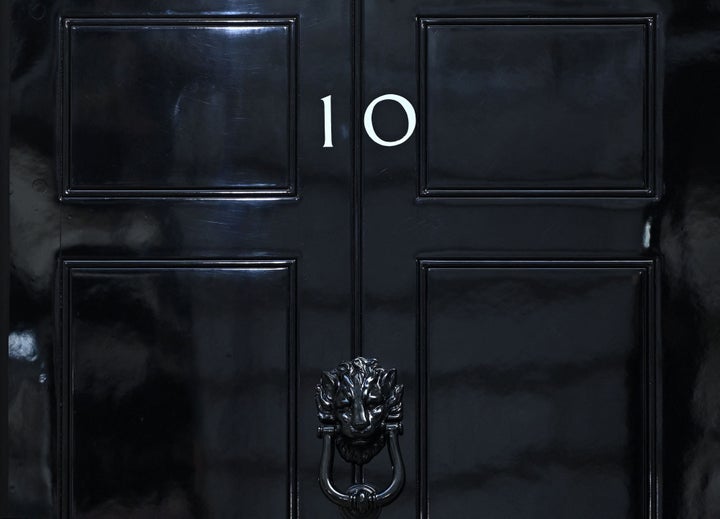
Voters across England are heading to the polls today to elect more than 8,000 councillors in 230 local authorities.
The Tories are defending around 3,300 of them, Labour 2,000 and the Liberal Democrats 1,200.
Even the Conservatives acknowledge they are heading for a bad night, with the party’s top pollster, Lord Hayward, predicting they will suffer 800 losses while Labour gain 550 and the Lib Dems 250.
But the key numbers to look out for will not be the numbers of council seats won and lost, but what the results mean for where the parties stand as we head towards next year’s general election.
The so-called “national equivalent voteshare” will be calculated by number-crunchers throughout tomorrow, using the local election results and then extrapolating them to come up with the UK-wide state of the parties.
That may sound rather complicated, but the bottom line is fairly simple; to demonstrate that the opinion polls indicating a Labour victory in 2024 are correct, Keir Starmer’s party needs to be at least 10 points clear on the Tories.
Anything less than that, the pollsters say, and Rishi Sunak’s hopes of being re-elected prime minister remain very much alive.
One of those who will be poring over the data tomorrow is Sir John Curtice, professor of politics at Strathclyde University and the country’s foremost psephologist.
Writing in The Times, he said: “Labour’s best local election performance since 2010 was in 2012. The party, then led by Ed Miliband, was credited with 38 per cent of the vote, seven points ahead of the Conservatives. Sir Keir Starmer’s minimal target is to beat that benchmark.
“However, that would not be enough to emulate the performances of Tony Blair before the 1997 general election or of David Cameron before his success in 2010.
“Labour enjoyed leads of 15 points or more between 1994 and 1996. The same was true of Cameron in 2008 and 2009.
“Doing quite as well as that might be thought a tall order. But registering at least a double-digit lead should not. Certainly, if Labour’s lead is anything much less than that we will be left wondering whether the party really have as yet sealed a deal with the voters.”

That was echoed by Lord Hayward, who told HuffPost UK: “Labour need to be a clear 10% ahead of the Tories when national equivalent voteshare is calculated over the weekend.
“Only then can they believe that they may have an adequate barrier to stop a rising Tory vote share.”
Tomorrow will see Starmer hail the hundreds of seats Labour have gained in town halls across England as proof that the party is on course for government.
But the true barometer will be what the results tell us about the parties’ national standing. Only then will Starmer know whether he really is heading for Number 10.